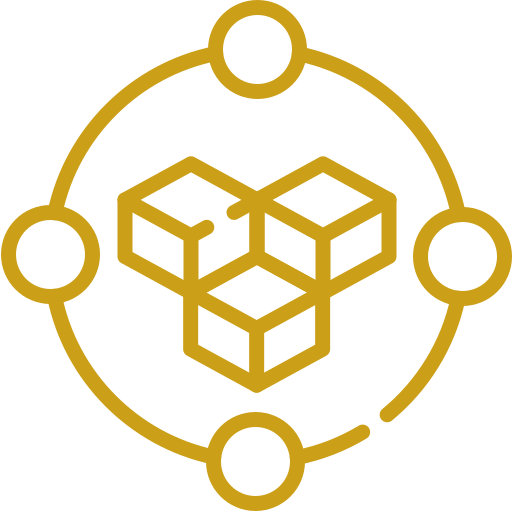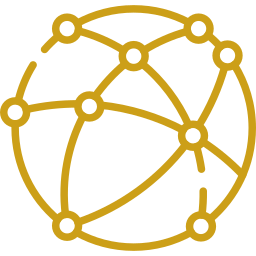
GIS enables businesses to make decisions based on the most complete, accurate, and current information possible.

Businesses utilise GIS to determine the most cost-effective routes or the most advantageous sites for their physical facilities.

GIS maintains distances and locations accurately with up-to-date data and an accurate scale, which results in more precise business decisions and actions.

Without direct physical contact, remote sensing makes it possible to track, identify, and categorise items on Earth. In order to gather remotely sensed images, specialised cameras or aerial sensors are needed.

It is nearly impossible to read raw data across several dimensions and values. Multiple-layer geospatial mapping makes complex data comprehensible for humans.